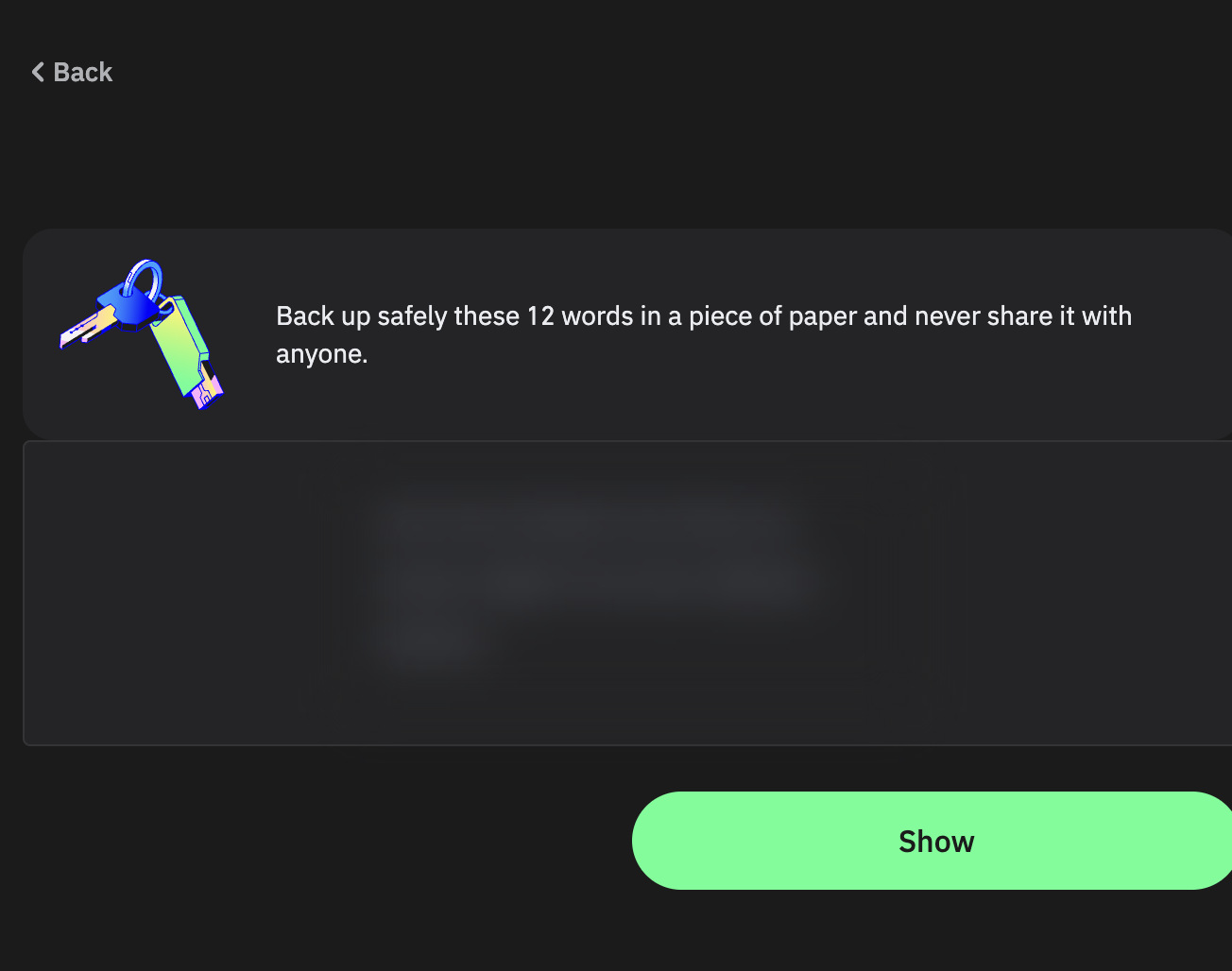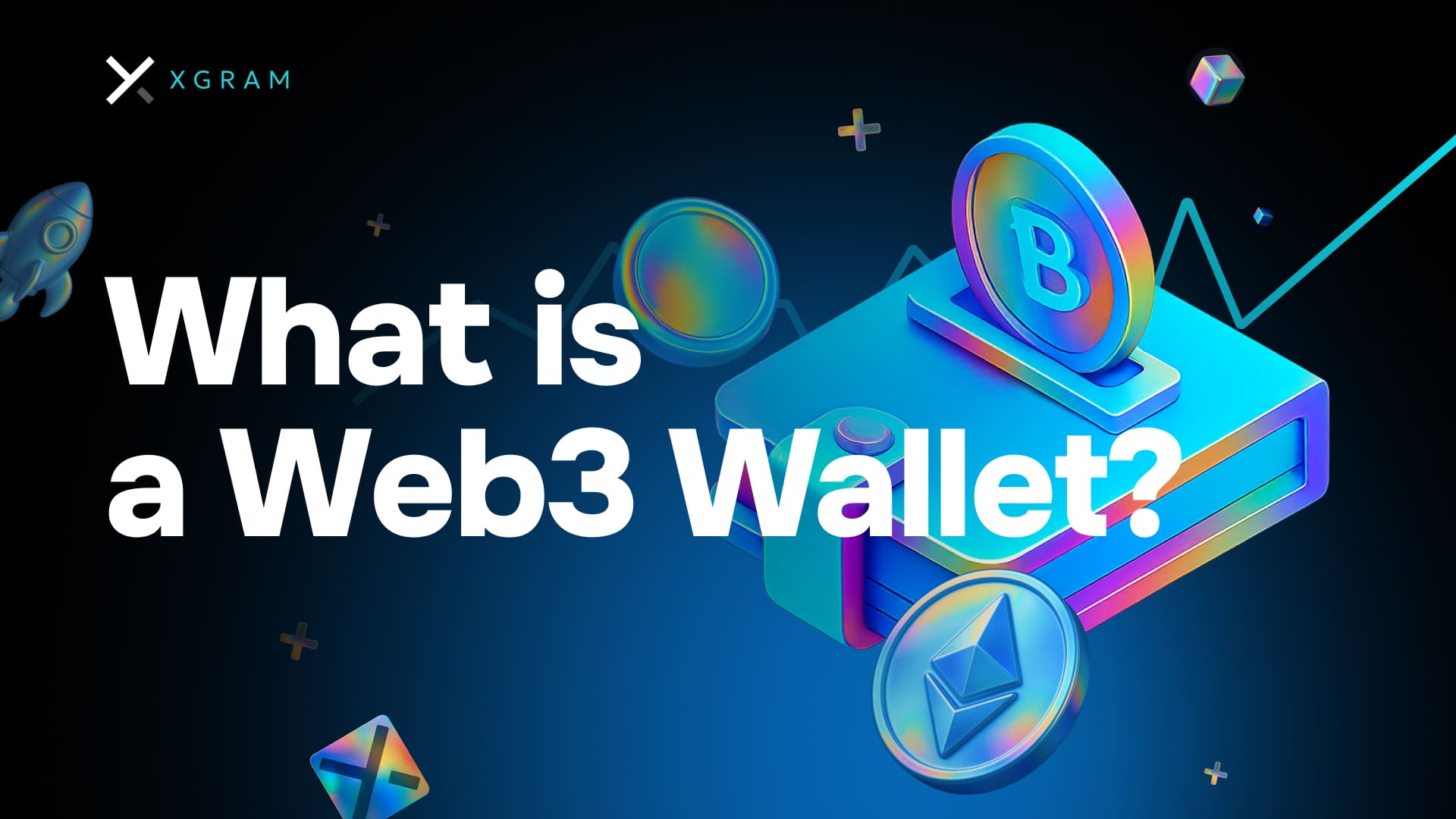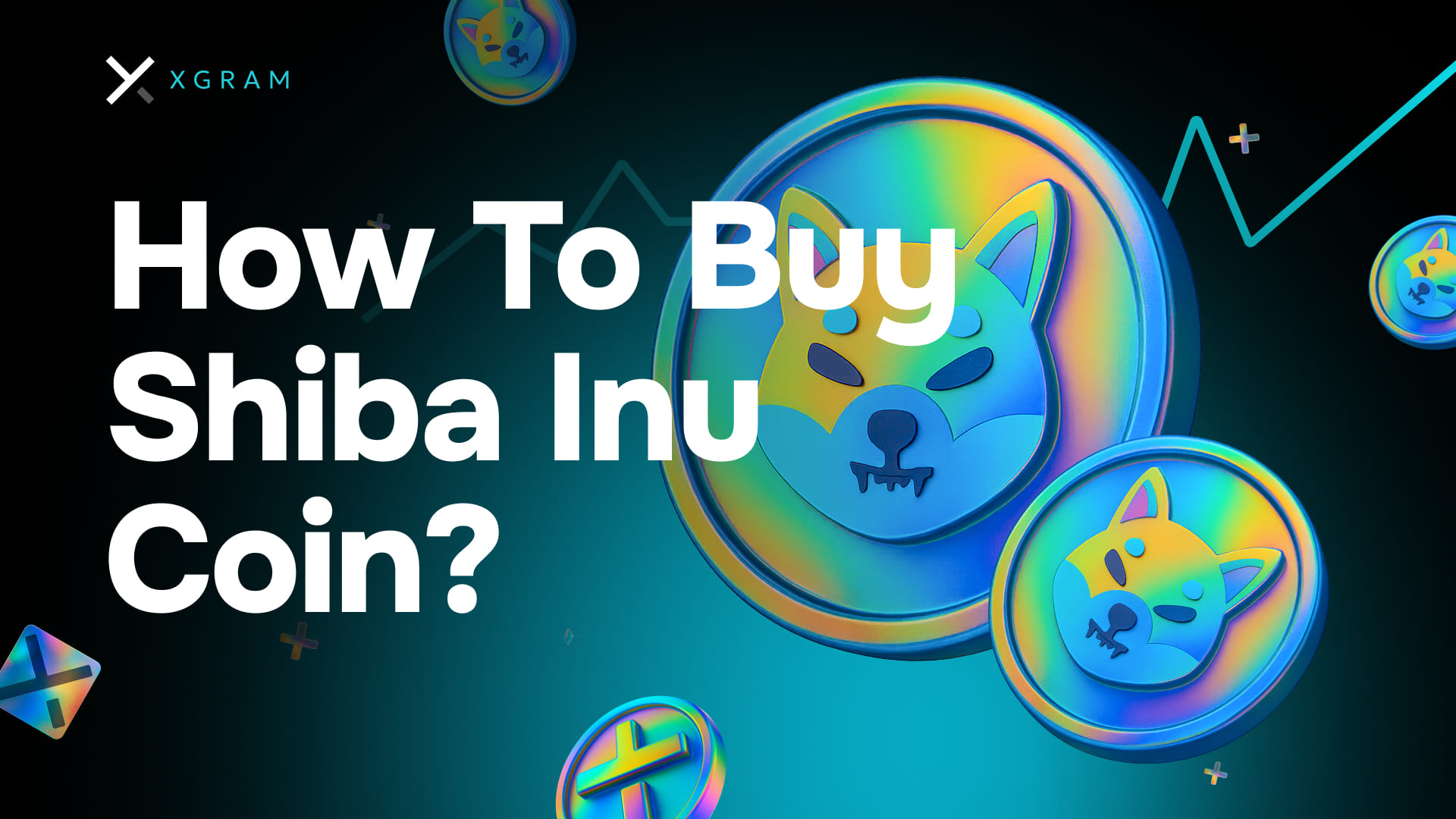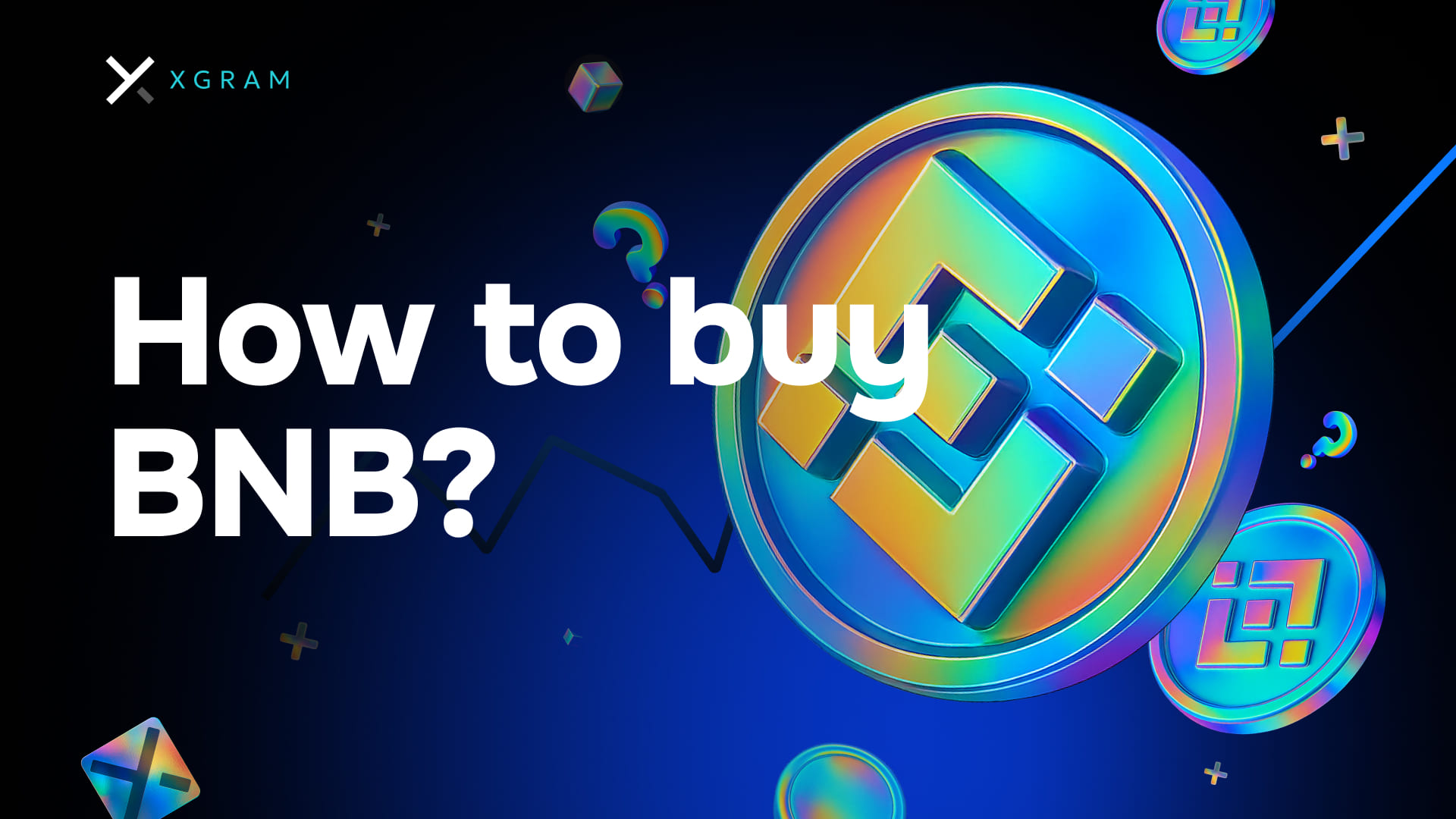tl;dr:
- A web3 wallet lets you interact with decentralized platforms and hold your crypto securely.
- It’s different from traditional online accounts because you maintain control of your private keys.
- By learning the basics, you can protect your assets against hacks and operational issues.
- Safe, user-friendly wallets exist to help you store and grow your digital currencies.
Understand web3 wallets

A web3 wallet is a special type of digital wallet that enables you to interact with decentralized applications (dApps) and blockchain networks. Think of it as your doorway to the web3 ecosystem, which uses blockchain technology to verify and record transactions without relying on a central authority. Traditional online platforms often hold user data in a single place, such as a corporate server. However, web3 systems spread data across multiple nodes in a peer-to-peer system, aiming for transparency, security, and control in your hands.
With a web3 wallet, you hold the “keys” that unlock your crypto. More specifically, you have two keys:
- Public key: A string of characters that others can use to send you digital tokens.
- Private key: A hidden string of characters that acts like your personal signature. You should never share your private key, as it is the core credential proving ownership of your funds.
Because you own the private key, you can execute transactions directly from your wallet. When you connect with a decentralized exchange or a dApp, you open the door to smart contracts, non-fungible tokens (NFTs), and more advanced financial products. From yield farming to NFT marketplaces, a web3 wallet is your all-access pass.
Your web3 wallet goes beyond just storage. It facilitates authentication across various blockchain networks. Since the system recognizes your private key as proof of identity, you avoid setting up extra logins for every new platform. This convenience typically leads to faster, more efficient interactions in the crypto space.
Still, the real power lies in the ownership structure. Instead of trusting a third party, you retain exclusive control. If you protect your private key properly, you decide who can or cannot access your assets. That sense of autonomy is why many crypto enthusiasts swear by self-custody wallets.
Explore why web3 wallets matter
You might ask, “Why can’t I just leave my tokens on an exchange or in a simple online account?” That approach is not wrong for people who prioritize convenience, but it comes with risks. Exchange hacks, operational failures, and sudden withdrawal restrictions have all made headlines in the past. In contrast, controlling your own web3 wallet means you reduce your exposure to these vulnerabilities.
Here are more reasons a web3 wallet matters:
True ownership of assets
When your tokens sit on a custodial platform, the provider technically controls the private keys, not you. If that platform goes offline or imposes limits, you may have to wait to retrieve your funds. A self-custody web3 wallet avoids these issues by design.Seamless dApp interactions
In the growing world of decentralized finance (DeFi), dApps let you lend, borrow, stake, or trade crypto without centralized intermediaries. Your web3 wallet securely connects to these dApps. This opens up advanced financial services that were impractical just a few years ago.NFT access
NFTs are not just images. They represent verifiable ownership of digital collectibles, event tickets, in-game items, and more. With a web3 wallet, you can mint, store, or trade these tokens across multiple marketplaces. You also verify authenticity on-chain, which mitigates fraud.Privacy controls
Some web3 wallets offer enhanced privacy tools, letting you mask your identity or transaction amounts. This level of privacy is often not available on centralized platforms that require lots of personal data to open or use an account.Future-proofing
The crypto ecosystem continues to evolve rapidly. As more services transition to decentralized or partially decentralized models, web3 wallets will remain critical for navigation and secure interaction. You don’t just hold coins, you hold access to an expanding range of tools.
In short, your web3 wallet is both practical and empowering. By learning to use it, you position yourself miles ahead in navigating the cryptocurrency landscape.
Check key features to look for
Finding the ideal web3 wallet can feel overwhelming when you see the variety of options available. To narrow your choices, focus on a few core features:
Private key management
No matter how sleek a wallet looks, nothing is more important than safe and clear control of your private keys. The wallet should make it simple to back up and recover your keys in case you switch devices or lose access. Look for automatic seed phrase generation and guided key backups.Security layers
Choose a web3 wallet that offers optional passcodes, biometric authentication (like fingerprint or face recognition), or hardware integrations. The more layers between an attacker and your private keys, the safer your funds will be. Some wallets also provide transaction simulations, letting you preview the changes before you approve them.User interface
The best web3 wallet meets you where you are. As a beginner, a cluttered interface may slow you down. Find a wallet that visually explains important steps, warns you when a transaction looks risky, and supports intuitive navigation. An ideal wallet experience should not require advanced programming knowledge.Multi-chain support
Cryptocurrencies exist on multiple blockchains. You might need one chain for NFTs, another for certain DeFi tokens, and yet another for stablecoins. A good web3 wallet helps you switch between networks without juggling multiple apps. Plus, consistent multi-chain support is a good sign of an actively managed product.Community trust
The crypto world has no shortage of experimental projects. Before you settle on a web3 wallet, do quick checks on user reviews and community feedback. Word-of-mouth can reveal valuable insights into ongoing support, user breakthroughs, or downtime events. A well-maintained project often has clear documentation and timely updates.Integration with popular dApps
If a wallet does not easily connect to the dApps you plan to use, you will waste time searching for workarounds. Pick one that is widely compatible, so you can freely explore gaming, lending, and decentralized marketplaces without roadblocks.
These key features set the stage for a smooth, secure experience. From day one, a web3 wallet should help you protect your assets while extending the possibilities of crypto investing.
Follow steps to set up your wallet

Once you pick a wallet you trust, it is time to set it up. It may vary slightly by product, but the overall steps generally look like this:
Install the right version
Many web3 wallets come as browser extensions, mobile apps, or desktop clients. Find the official site or marketplace link to avoid fake copies. Download and install the version that fits your device or typical browsing habits.Create a new wallet
After installation, select “Create new wallet.” The software will then generate a seed phrase, often 12 or 24 words in a specific order. Write these words down on paper and store them in a safe place. Do not save them in plain text on your computer or phone.Verify your seed phrase
The wallet may prompt you to repeat certain words from your seed phrase in the correct order. This step ensures you have recorded everything accurately. If you see any mismatch, go back and double-check before moving forward.Set a local password
When using a browser extension or mobile app, you will typically set a password or passcode each time you access the wallet. Resist the urge to skip this step. It adds an extra security layer in case someone steals or copies your device.Connect to a blockchain network
Most wallets default to a major chain such as Ethereum. If you want to manage tokens on other networks, add them manually in the settings or use pre-configured options. Then confirm you can see the correct balances before making transactions.Make a test transaction
If you are brand new to an ecosystem, it helps to test the process with a tiny amount of crypto first. Transfer a small sum from an exchange or another wallet, watch for the transaction confirmation, and note any fees.
By following these steps carefully, you will be well on your way to enjoying the peace of mind that comes with self-custody. Just remember to guard your seed phrase and private keys like your personal bank vault.
Secure your assets
Security is the heart of any conversation about what is a web3 wallet and why it can protect your investments. Without the right practices, even the best software won’t stop determined scammers. Here are some guidelines to keep your funds safe:
- Trust but verify. Before you click "Approve" or "Sign," ensure you recognize the transaction and the receiving address. Phishing attempts often come disguised in official-looking prompts.
- Watch out for suspicious links. Crypto-related email scams are on the rise. Never enter your seed phrase unless you are 100% sure you are on the official wallet interface. Bookmark official sites to avoid imposter URLs.
- Update tokens for accuracy. Some malicious actors create fake tokens that mimic popular projects. Double-check contract addresses or use a reputable token listing service to avoid inadvertently buying worthless copies.
- Keep multiple backups. If you lose your seed phrase, you lose your crypto. Store a copy in a safety deposit box or lock it in a personal safe. For extra caution, keep one backup with a trusted person you know well.
- Consider hardware wallets. If you hold large sums of cryptocurrency, you might opt for a hardware wallet that stores private keys offline. This drastically reduces the chance of a virtual hack.
Another hidden risk is complacency. The crypto ecosystem changes daily, so remain open to learning new tools and features. Stay informed about the wallet’s updates or watch for community alerts about vulnerabilities.
Use Xgram for cross-chain transactions
When it comes to moving crypto across different blockchains, or even doing simple swaps, you often face high fees and multiple wallet connections. If you want a smoother experience without linking your wallet every time, xgram can be a helpful solution. It is a platform that specializes in cross-chain exchanges, letting you quickly swap tokens on different networks. Best of all, you can skip the hassle of wallet approvals.
Here is how xgram can make your crypto moves simpler:
- Cross-chain efficiency. Swapping tokens between different blockchains is typically complex, but xgram aims to streamline the process so you can finalize transfers faster.
- Lower transaction fees. By consolidating steps, xgram often helps you avoid the high gas fees that come with multiple bridge transactions.
- No wallet connection required. You do not have to connect a web3 wallet directly to xgram. This lowers the risk of approving suspicious transactions by accident.
- Straightforward design. Even if you are new to cross-chain activities, the xgram interface walks you through each necessary step, sparing you from confusion.
- Better cost control. Unlike juggling individual decentralized exchanges, you can see the final price upfront. This clarity helps you decide if the swap is worthwhile.
With Xgram, you can save time and funds while transferring assets. Just be sure to confirm all transaction details before you proceed. Although xgram helps with cross-chain conversions, you still want to stay vigilant about the tokens you’re swapping and the networks you’re using.
Wrap up your knowledge
Your web3 wallet is the real key to controlling your own crypto destiny. By understanding what a web3 wallet does and how it operates, you gain the confidence to explore a spectrum of decentralized applications and financial tools. Whether you are collecting NFTs or experimenting with decentralized lending protocols, a solid handle on wallet fundamentals can save you countless headaches.
From verifying your private keys to regularly backing up your seed phrase, every security measure you take is an investment in your future digital wealth. A good web3 wallet not only stores your tokens. It also gives you a gateway to the cutting edge of blockchain innovation. Over time, you will notice how fast the space evolves, and you will appreciate having a secure base of operations.
Now is the moment to take the next step by setting up a trusted web3 wallet and exploring platforms like xgram for easy cross-chain swaps or straightforward transactions. With the basics in place, you can navigate new opportunities and protect yourself from potential losses. The power of web3 is in your hands—literally.
Frequently asked questions
How does a web3 wallet differ from a standard crypto wallet?
The term “web3 wallet” usually emphasizes advanced features beyond basic storage, such as interacting with dApps and managing multiple networks. While a standard crypto wallet might only hold coins on a single chain, a web3 wallet lets you seamlessly explore DeFi platforms, NFT marketplaces, and more.Is it safe to store large amounts of crypto in a web3 wallet?
Yes, provided you follow stringent security practices. Store your seed phrase offline (on paper or a hardware device), enable password protection, and avoid clicking suspicious links. If you hold especially large sums, consider a hardware wallet for added offline security.Can I lose my crypto if I lose access to my wallet?
If you lose your seed phrase or private keys, you likely cannot recover your funds. That is why backing up your seed phrase is critical. Without those recovery words, there is no way to prove to the blockchain that you own the wallet.Do I need multiple web3 wallets for different blockchains?
Not necessarily. Many wallets can switch between networks, making it easy to manage various coins and tokens in one interface. Always look for a wallet that supports the chains you care about—this reduces the need to juggle multiple applications.Why is xgram useful if I already have a web3 wallet?
xgram helps you with cross-chain swaps and transactions without needing to connect your wallet for every exchange. It can lower fees, simplify the process, and minimize the risk of mistakenly approving malicious contracts. If you need to move assets across different blockchains frequently, xgram can be a time-saver.
By diving into web3 wallets with a bit of caution and curiosity, you set yourself up to protect your investments and explore broader opportunities in the crypto space. Embrace the learning curve, stay vigilant about security, and let your wallet become a solid cornerstone of your crypto journey.




